For those who keep up with out Twitter feed, you may be seen the myriad of tweets throughout the night with details from the Sprint HTC EVO 4G party in New York City. I arrived at the event, hoping Sprint would be releasing pricing and a launch date for the handset… and they delivered. The Sprint HTC EVO 4G will be launching on June 4th for $199.99 with a new two year agreement. Customers will have to pony up cash for the typical 3G data connection in addition to an extra $10 a month for 4G data access. We talked with a few different Sprint PR reps and they finally came to the conclusion that the $10 add-on for 4G is required (so we’re not sure why it’s an add-on). If you were hoping to take advantage of the EVO 4G’s 8 device mobile hotspot capabilities you will need to add on another service charge of $29.99 per month. The assumption is that the hotspot charge can be added an dropped as desired without any contract infringements. Since I use my G1 to tether my T-Mobile 3G connection quite a bit (using it right now actually), I see tethering an an essential resource for those who need mobile data on the go. However, I’m not sure that it’s actually worth the $29.99 that Sprint is asking for. Palm Pre owners on Verizon get their tethering service for free.

Along with pricing, we got a look at a few of the new features that EVO 4G will offer once it hits the market.
Video chat: the 1.3 MP camera on the front of the EVO 4G can be used with the new Qik app for video chat. Users can use the feature can have video chats or send video voicemails to other Qik users. It’s unclear if the service is compatible with other Android handsets (let’s hope so, or else it’ll be completely useless since not everyone is going to get an EVO), but you can manage the video messages just like you would visual voicemail. We tested the service out and found that there is very little delay in the video stream, though the transmitted resolution for live video chat is capped at VGA.

The launch of the handset will also be accompanied with a new game release from EA, Need for Speed Shift. We didn’t have time to play around with the game, but the demo we saw looked amazing. With more and more Android phones being released with 1GHz processors, I truly believe developers can transform the platform into a true gaming system.
Being the first 4G smartphone of the Sprint network, the HTC EVO 4G will also be the first handset capable of handling simultaneous voice and data connections. They did an extensive demo on stage, but anyone who’s ever used a GSM 3G phone will tell you that this is old news. It’s nice to see new capabilities on a CDMA network, I just wish they didn’t tout it as a new feature to phones.

Overall, I’d have to say that the Sprint HTC EVO 4G is the most capable Android handset I have used to date. Hardware for the device is virtually identical as what we have seen on the HTC HD2 with the exception of the front and rear cameras, kickstand, and WiMax radio. HTC Sense works flawlessly on the Android 2.1 build and the use of Android over Windows Mobile 6.5 is an incredible improvement. Android makes the EVO 4G feel like a completely different phone even when you are holding both of them side-by-side. If people were impressed with the Verizon DROID Incredible, the EVO 4G will be sure to knock their socks off. Stay tuned for another huge success from out friends at HTC.









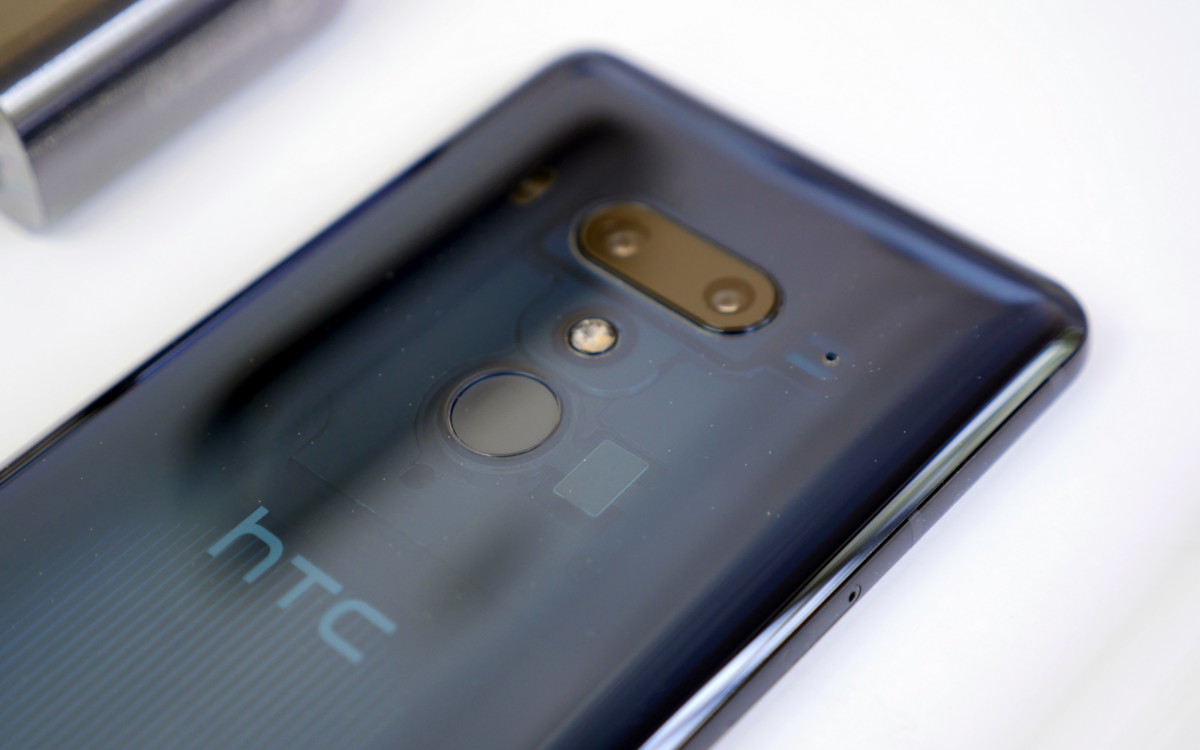


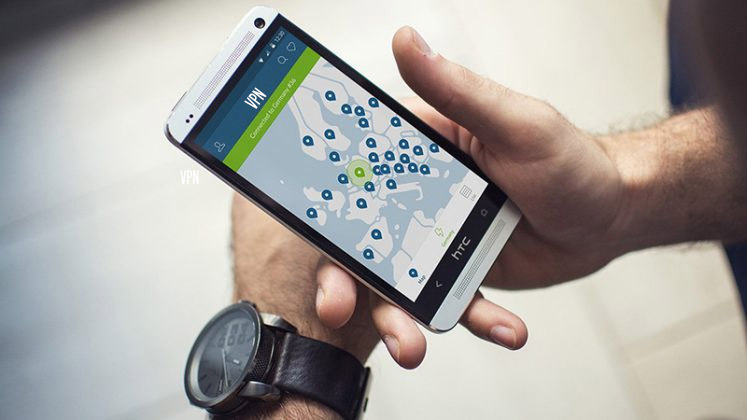


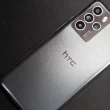

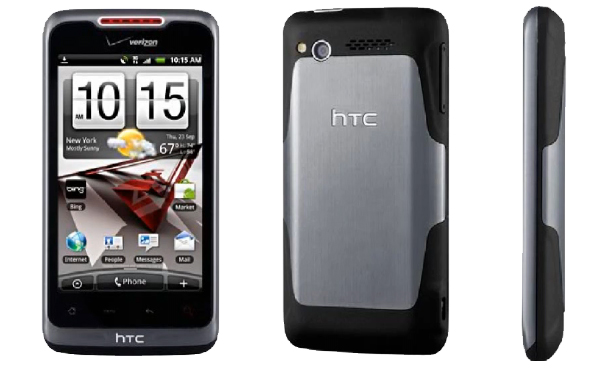
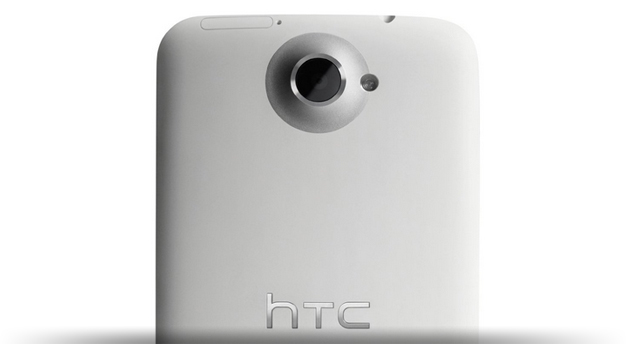


It’s kind of saddening that the wireless tethering is going to be such an expensive addon, but I’m sure that it will not take long before the phone is rooted, at which point there are options for tethering. I’ve been successfully using the “Wireless Tether for Root” app for the last few days, and it’s quite the improvement over wired tethering. I typically use a large amount of data (I’m pretty sure I’ve pushed or broken that supposed 5GB cap a few times, and normal usage sits between 3-5GB), and no flags/holds from Sprint so far.